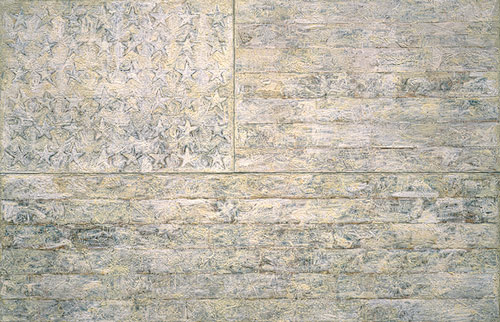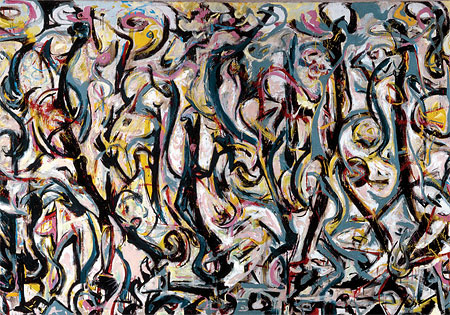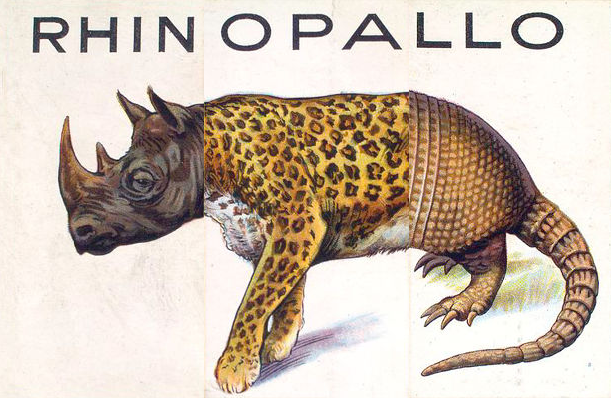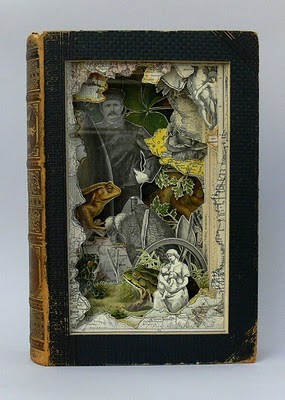White Flag
Happy Independence Day!
Regular readers of the blog might notice from time to time that I drop in the occasional modern art image to accompany some of the posts I run here. On Independence Day I figured why not run a post that just featured probably my favorite American modern artist and one of his most famous 'flag-based' works?
Jasper Johns, (1930 - still happily alive and well), is an American artist born in Georgia, and who studied briefly at the University of South Carolina (my alma mater, go Gamecocks!), and went on to study and work in New York City where he began to produce some of the period's most iconic and interesting paintings and collages.
Johns often used flags and maps and targets as a basis for his work, and in 1998, the Metropolitan Museum of Art in New York bought possibly Johns' best known piece White Flag (below). While the Met would not disclose how much was paid, "experts estimate [the painting's] value at more than $20 million.
Here's what 20 large worth of White Flag looks like:
 Jasper Johns - White Flag, 1955
Jasper Johns - White Flag, 1955
You could, I suppose, read some kind of deep, political or philosophical significance into the re-imagining of the iconic American Stars and Stripes in this monochromatic manner, but art historians tend to think that really wasn't what Johns was intending with White Flag.
Rather, the artist challenges the viewer to think differently about an object with which they would be instantly familiar, and one they have only envisioned in the expected way. We've all, at least those of us here in the USA, have seen the flag thousands of times. It appears, always, as we'd expect it to.
With White Flag, Johns asks us to confront our expectations and assumptions - not so much about the actual flag itself, or our country, or its politics - but more deeply and fundamentally about anything with which we've grown familiar.
You 'know' what the flag means and looks like, right?
White Flag makes you question that, or at least think about it some, and perhaps think about anything that we believe we've already figured out, take for granted, and might not ever change.
Or maybe it's just something cool to look at.
Have a great day!

 Steve
Steve




